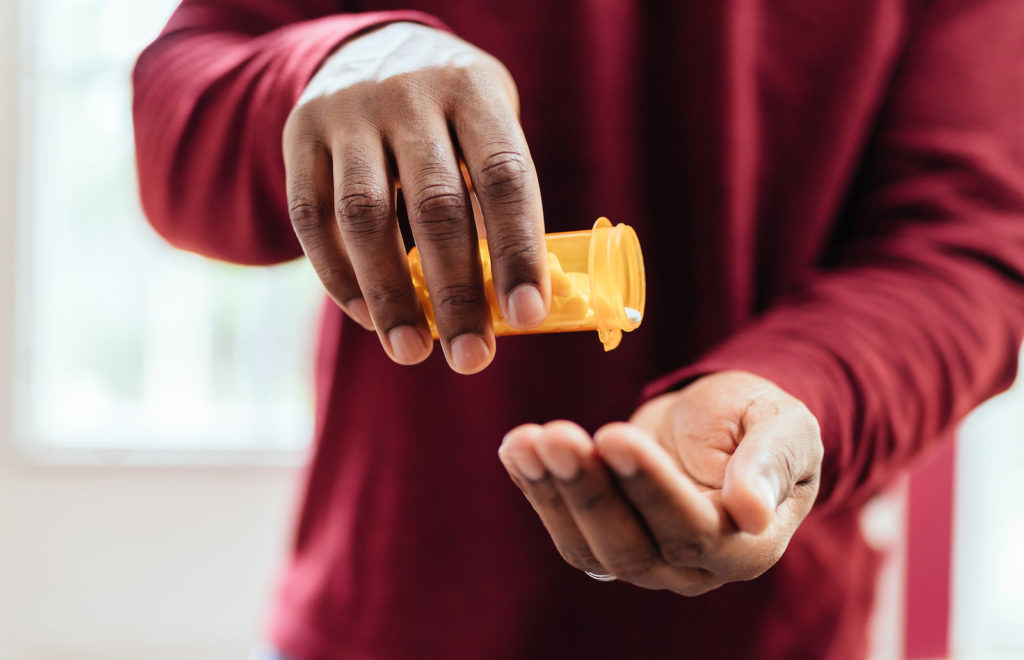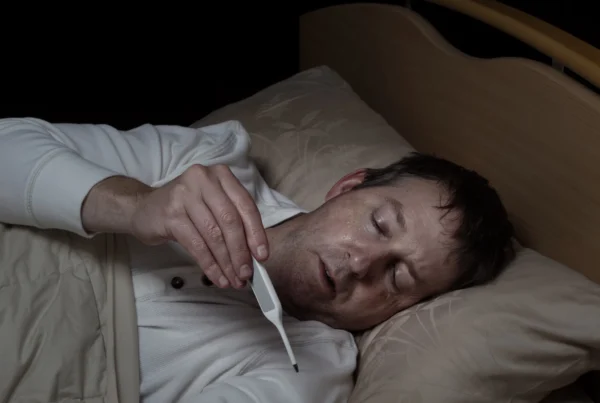
Table of Contents
Xanax, a brand name for the drug alprazolam, is a medication that is often prescribed to treat disorders involving anxiety or panic attacks. Xanax is a member of the benzodiazepine drug family and is a type of drug that works to help calm the patients’ nerves.
Since it must be prescribed by a doctor, you may think it is incredibly difficult to obtain, but since it is prescribed often both as the brand name and generic forms, it is in a large number of medicine cabinets across the country, helping to make it one of the most abused prescription drugs out there.
What is Blue Xanax?
Blue Xanax is not formulated any differently than other colored Xanax pills, the difference is in the dosage. A blue pill with “XANAX 1.0” imprinted on it will be either elliptical or oval-shaped and is identified as Xanax 1mg.
When a doctor or other medical professional diagnoses an individual with one of the many conditions that Xanax is often prescribed for, due to the nature of benzodiazepines, the doctor will often start with a small dose, such as .25mg to begin with. Once the patient’s brain chemistry has become accustomed to the effects of the Xanax, the prescription dosage may be adjusted in order to achieve the desired effects and symptom control. There is often a maximum of 4mg per day, spread across three or four doses.
When blue Xanax is taken orally as intended, the effects usually set in within about an hour, and the concentration in the bloodstream peaks in one to two hours. Keep in mind that when people abuse blue Xanax, they do not often take it orally, since that is both slower and mediates the effects. Most people who abuse Xanax crush it up into as fine of a powder as possible, and snort it. This allows the effects to set in much quicker, often in just minutes.
Xanax can interact dangerously with many medications, particularly ones that help induce sleep or relaxed and drowsy states, such as alcohol, so they should not be combined with Xanax.
Other drugs that Xanax can interact with include:
- Allergy and cold medicine
- Sleeping pills
- Opiate pain reliever
- Muscle relaxers
- Birth control
- Antibiotics
- Antidepressants
- Barbiturates
- HIV/AIDS medicines
- Heart and blood pressure medication
Side Effects of Using Blue Xanax
Xanax, while not a central nervous system depressant, is a “downer.” It provides a relaxing feeling and helps calm the body and mind, which is what makes it so incredibly effective for anxiety disorders and panic attacks. This is also one of the factors that make people use the medication to the point of dependence, since when people stop taking it, they will often experience a more severe “rebound” of the symptoms that they were initially taking Xanax to manage. Here are some of the primary ways that Xanax can affect the user.
Behavioral
Because Xanax relaxes the users’ minds and bodies, this often impacts their sex drive as well. It is not uncommon for those with a Xanax dependency or addiction to have little to no interest in sex. Often, even if the desire were there while under the influence of Xanax, the ability would not be.
Mood
For many people, the mood-altering qualities of Xanax is what gets them hooked, and using the drug in a habitual and dependent manner. Alprazolam is known to relax the user and give them feelings of euphoria. As easy as it can improve one’s mood, it can have the opposite effect, giving mood swings and making them irritable or hostile.
Psychological
The sense of relaxation is often so great with Xanax, that the users are unable to focus or concentrate. Many find that communication and forming coherent thoughts become incredibly difficult while on Xanax.
Physical
Even though Xanax designed to alter the mind and mood of the user, as with any other prescription medication there are a number of adverse physical side effects that users may experience, including:
- Dizziness
- Dry mouth
- Erectile dysfunction
- Fatigue
- Nausea
- Vomiting
- Seizures
- Slurred speech
- Shortness of breath
- Poor coordination
- Tremors
Blue Xanax Addiction Potential
Blue Xanax has a very high potential for addiction, particularly because of the effects it imparts and the severity of the withdrawal symptoms once a dependence has been established. When it is time for the individual to diminish their dose, or detox entirely, withdrawals can be more severe with Xanax than with other benzodiazepines, as well as more dangerous. Since withdrawals from Xanax can happen after only taking the drug for a week, things can get very serious very quickly.
As with all other benzodiazepines, withdrawal from Xanax by going cold turkey can bring the potential of seizures, and so it should always be done with medical supervision. Usually, the treatment professionals will recommend tapering off the dose to avoid serious complications.
Other unpleasant or painful symptoms that happen during withdrawal that frequently make users relapse include:
- Aggression
- Anxiety
- Blurred vision
- Depression
- Difficulty breathing
- Dizziness
- Headaches
- Hypersensitivity to sound and light
- Insomnia
- Irritability and mood swings
- Nausea
- Nightmares
- Numbness and tingling in the face, feet, or hands
- Paranoia
- Suicidal thoughts
- Tense muscles
- Tremors
- Suicidal thoughts
Everyone is different, and everyone will react to and withdraw from Xanax slightly differently. But in most cases, the seriousness of the withdrawals will be dependent on how long and how heavily the individual was using Xanax.
How to Get Help for an Addiction to Blue Xanax
If you or someone close to you may be experiencing dependence on, or addiction to blue Xanax, the detox process can be long and difficult, and very emotionally and physically taxing. By reaching out to your support system, and working with an experienced treatment facility such as our addiction treatment center in Orange County, the individual seeking recovery can get the attention they need. With treatment plans tailored to the patient, one can rest assured knowing that they are on solid sobriety footing upon resuming the demands of daily life.
Reach out to us to start your recovery journey today. You deserve the time and investment you will be making into your future self.
Sources:
1. Ait-Daoud N, Hamby AS, Sharma S, Blevins D. A Review of Alprazolam Use, Misuse, and Withdrawal. J Addict Med. 2018;12(1):4-10. doi:10.1097/ADM.0000000000000350
OCEAN RECOVERY EDITORIAL GUIDELINES
The internet contains a vast amount of misinformation, but when it comes to your health only peer reviewed, research centered data matters. At Ocean Recovery, all content published throughout our website has been rigorously medically reviewed by a doctorate level clinician, and cross checked for medical accuracy. Our editorial process helps our readers trust that the information they are consuming is factual and based upon scientific data. Your health is our top priority, find out more about how we safeguard the integrity of information on our website. Read More About Our Process






